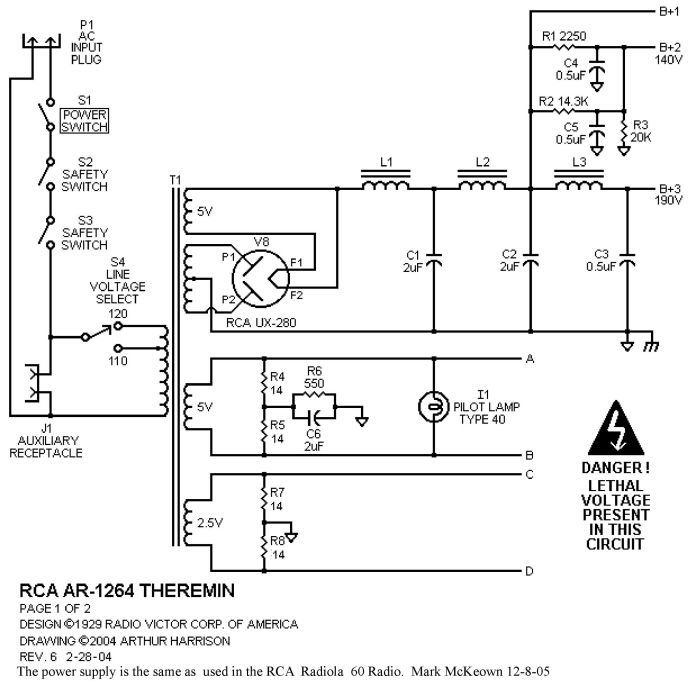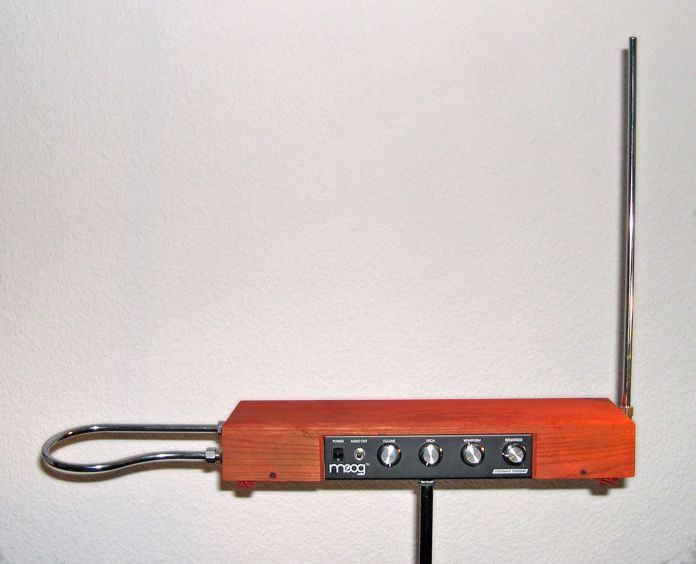A musical instrument is used to produce sound. The art of playing music requires lots of hands and eye coordination. One research also suggests that both listening and playing music stimulate your brain and increase your memory. There are lots of people who can classify instrument by their categories. For example woodwind, strings, percussion, brass. But what if you have such musical instrument that plays sound without human hands? Where do you place an instrument you never touch? Yes, such type of instrument exists: It was made in 1928 and known by Theremin.
The Theremin is one of the strangest experimental musical instruments ever. The theremin is an early electronic musical instrument controlled without physical contact by the performer. It was created by Russian inventor, Léon Theremin (Термéн) and also called as also known as either phone or thereminophone.
It consists of two metal antennas that sense the relative position of the thereminist’s hands. One hand will be used to control oscillator frequency whereas another hand will manage amplitude. In another word, it turns the user’s body into the instrument.
Working of Theremin:
As I wrote above, the musician control oscillators for frequency with one hand, and amplitude the volume with the other. Theremin then amplifies electric signals and passed them to the loudspeaker. If the player moves their hands closer to the antenna, the pitch of the sound changes. If they move their hands closer to the other antenna, the volume increases.

Theremin uses one plate of the capacitor in its antenna, and the other capacitor is the musician’s hands. To give the full function to the capacitor, performer and theremin will work together. It gives performer full control of oscillating the current. When the musician moves the hands to close to the antenna, the capacitor’s plates are closer together. Thus, they store a large amount of charge and the current to oscillate at a lower frequency.
The fact is, the human cannot listen every kind of sounds. Humans can hear sounds at frequencies from about 20 Hz to 20,000 Hz, though we hear sounds best from 1,000 Hz to 5,000 Hz. By keeping this in specifications, Theremin uses heterodyning-mix oscillating current with another pre-set current. It produces a final current with a human-friendly frequency.(We can say within the range of a piano.)
The speaker produces the higher notes if your hands are closer to the theremin, and lower notes if your hand is farther away. Although the theremin not becoming mainstream, it serves as an intriguing bridge between engineering and the arts. Previously, it was used in movie soundtracks. Now, it is used in concert music, rock music shows.
